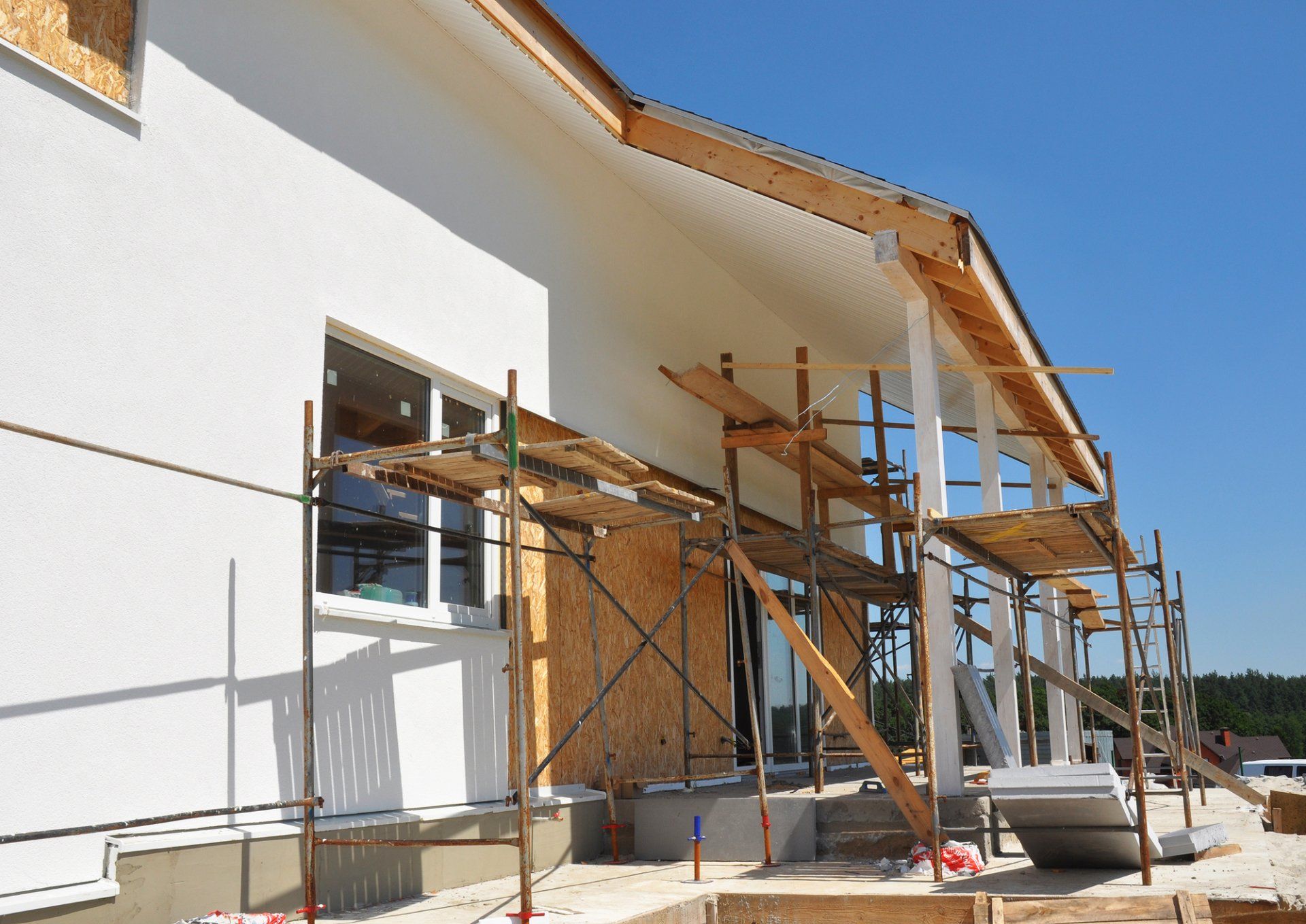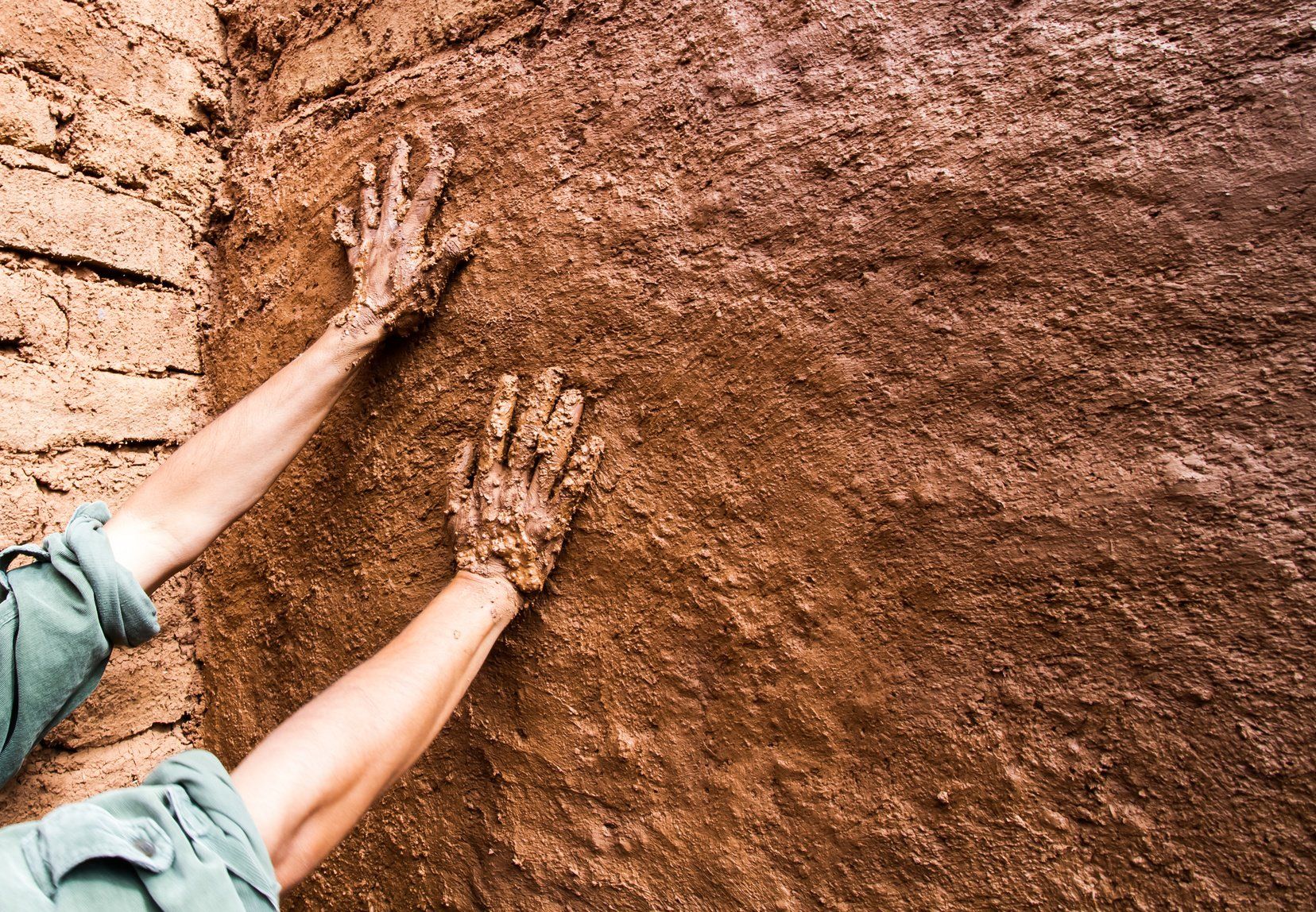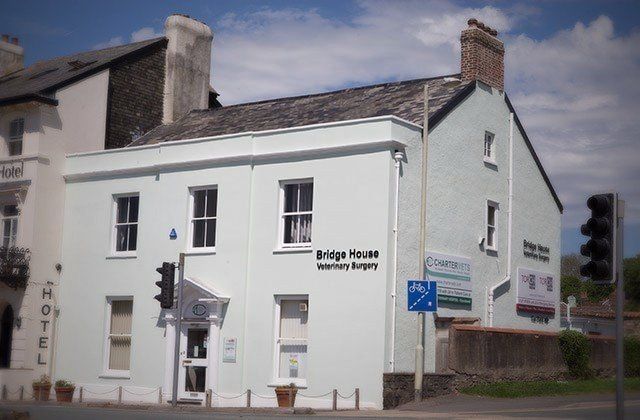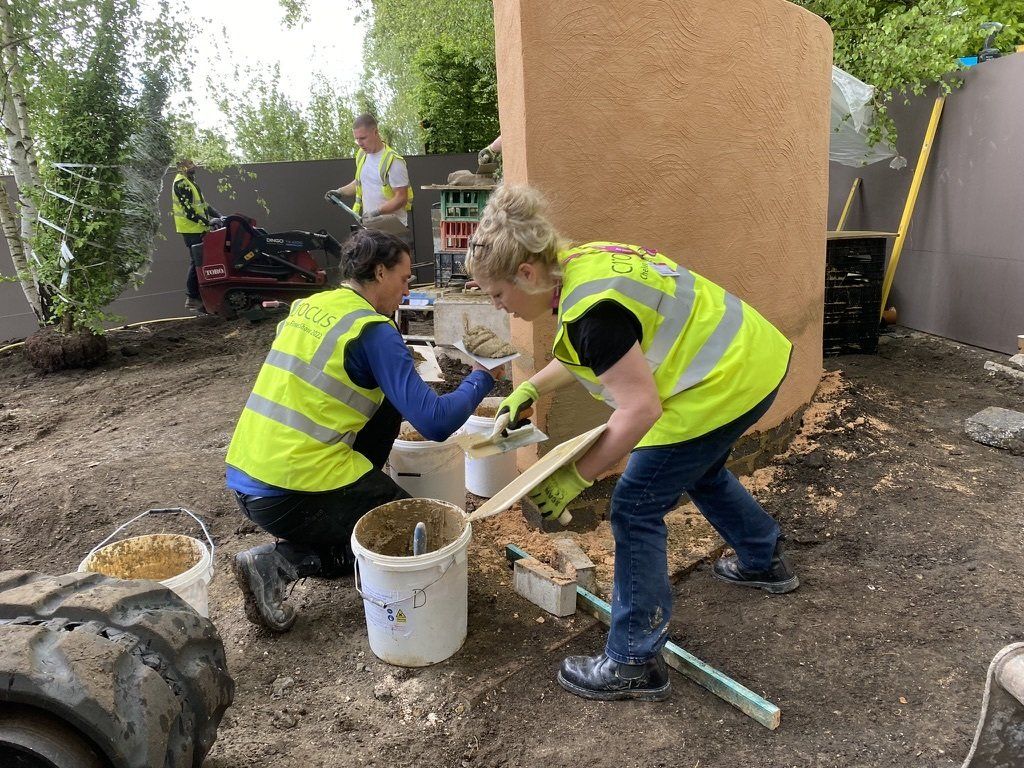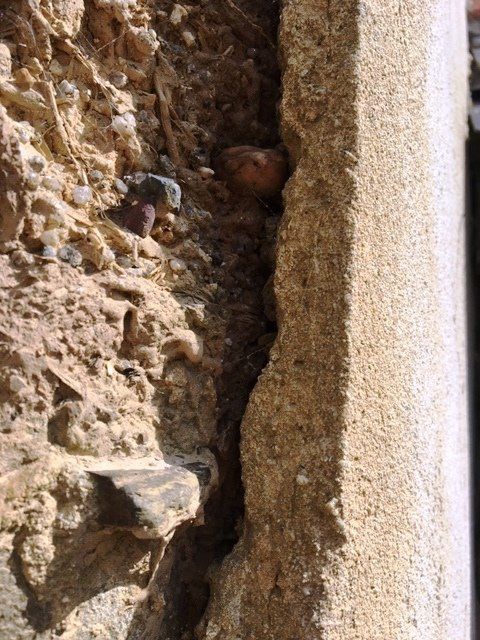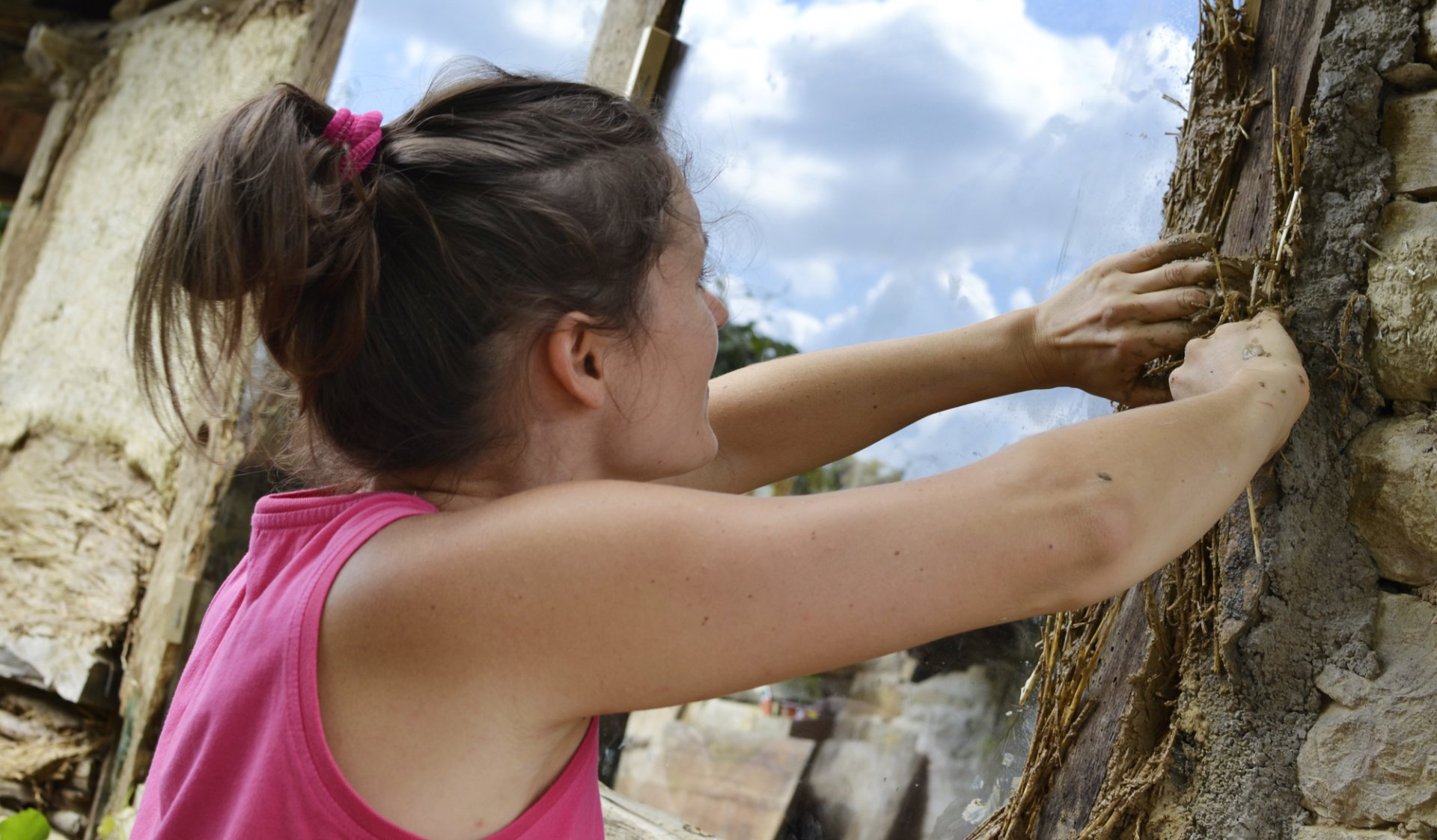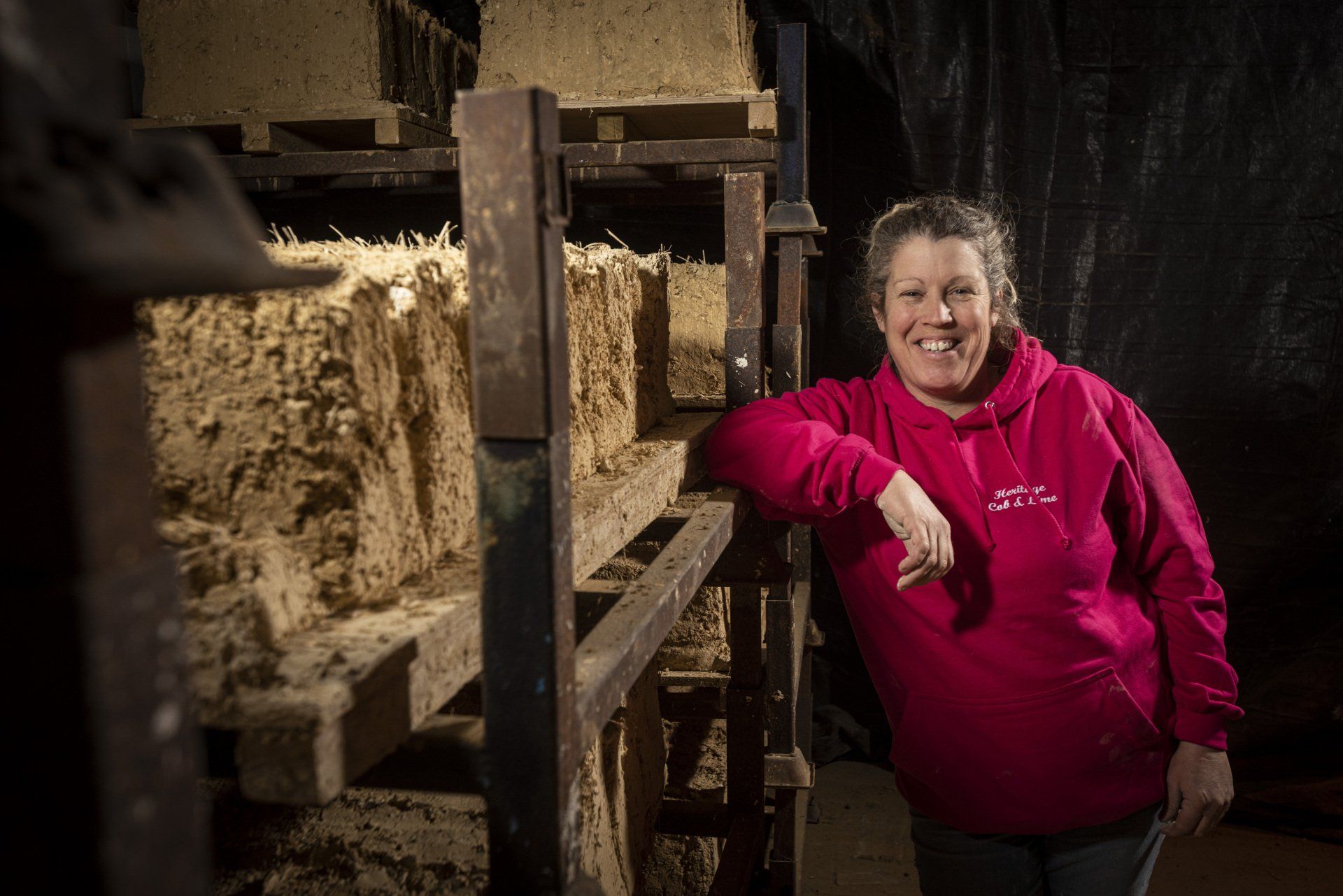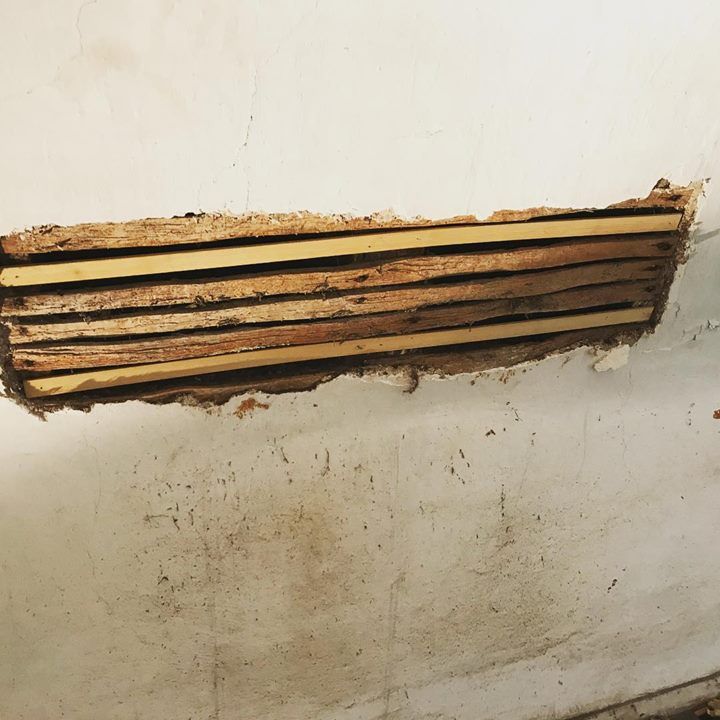Bideford Business Park Unit 20 | Coates Road East-The-Water | Bideford | EX39 4GD
Bridge House Veterinary Surgery
Bridge House Veterinary Surgery
About This Project
This building had a cement render which over the years, had begun to crack and allow water ingress, the front elevation suffering the worst . Internally there were damp issues whilst outside we discovered some major problems that needed remedying. On removing the external cement render, we found a few challenges that needed immediate attention. Some of the roof timbers had been affected by damp ingress and were in a poor state, so we set about cutting out all decayed wood and replacing with new timbers. As we began work on the top part of the front elevation, we discovered that the parapet wall was moving away from the abutting wall.
Our Approach
Our head of build services Frank managed this project, while a fair amount of issues arose on this site, Frank has the experience and knowledge to not only have kept them under control and finish this work to the highest standard, but also get this project completed on time and on budget. Many skills were implemented to complete this project, they range from brickwork to re-build the failing chimney and sand-stone mouldings to the more obvious; rebuilding the substrate and external rendering to a master standard and the painting to finish. As any contractor knows, there can be many challenges along the way, but thanks to our great team and understanding clients, we were able to meet those challenges head on and restore this building to its former glory.
The Process
First of all we called in structural engineers for advice before then proceeding to re-pin the parapet wall so that it was once more secure and not in danger of failing. Once all the remedial work was complete, which also included repairing and refreshing some of the windows, we re-rendered the front elevation with lime render and then went on to paint the whole building with a breathable mineral silicate paint. We used our 3/1 mix of fatty lime for the scat coat, then a 3/1 haired mortar for the scratch-coat; each coat must be allowed to completely dry before adding the next layer. We then finished with a 3/1 mix for the top float coat. Once completely dry, this was painted with Keim; a breathable mineral silicate paint which was also applied to the rest of the building. The end result is a beautiful building that now has regained its former glory as a prestigious building.
